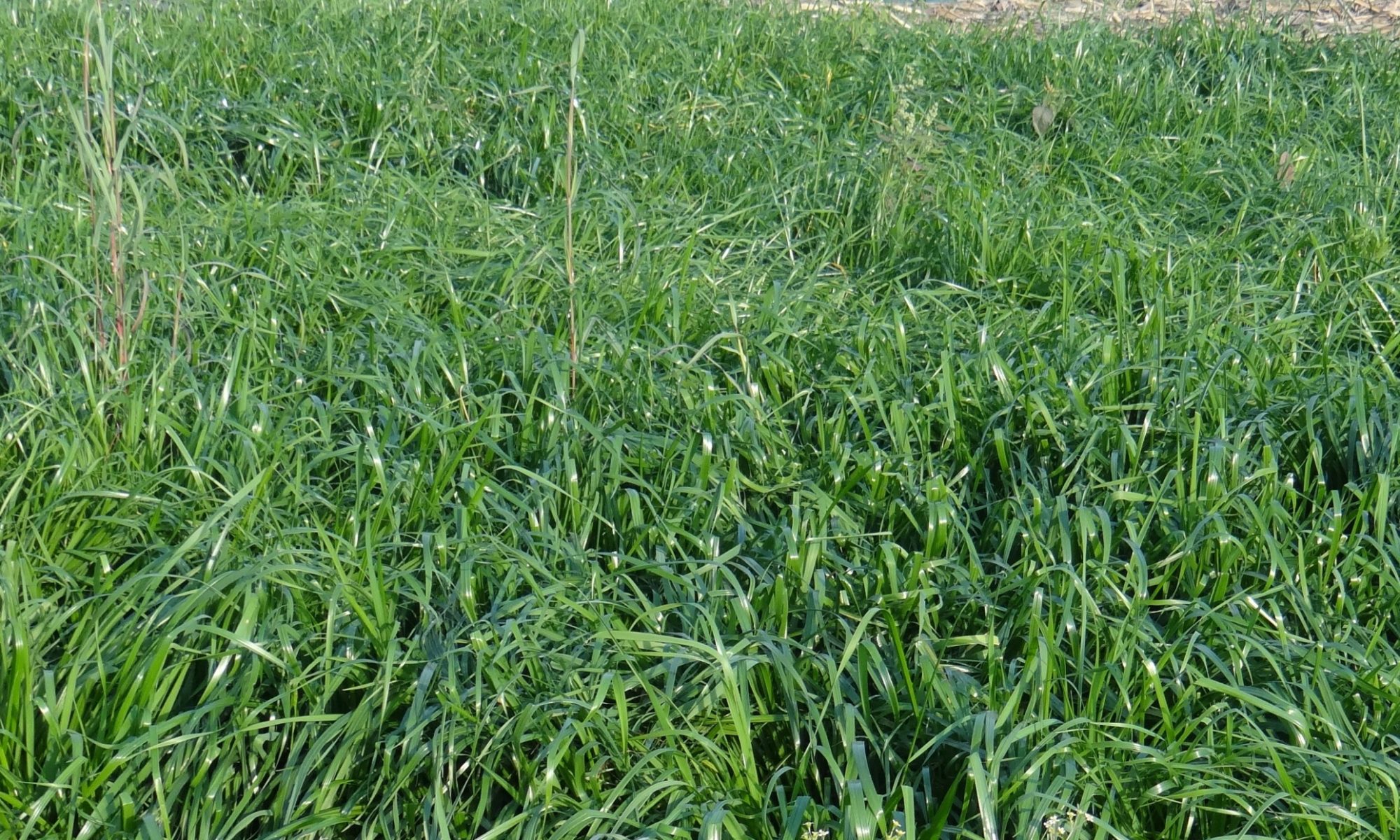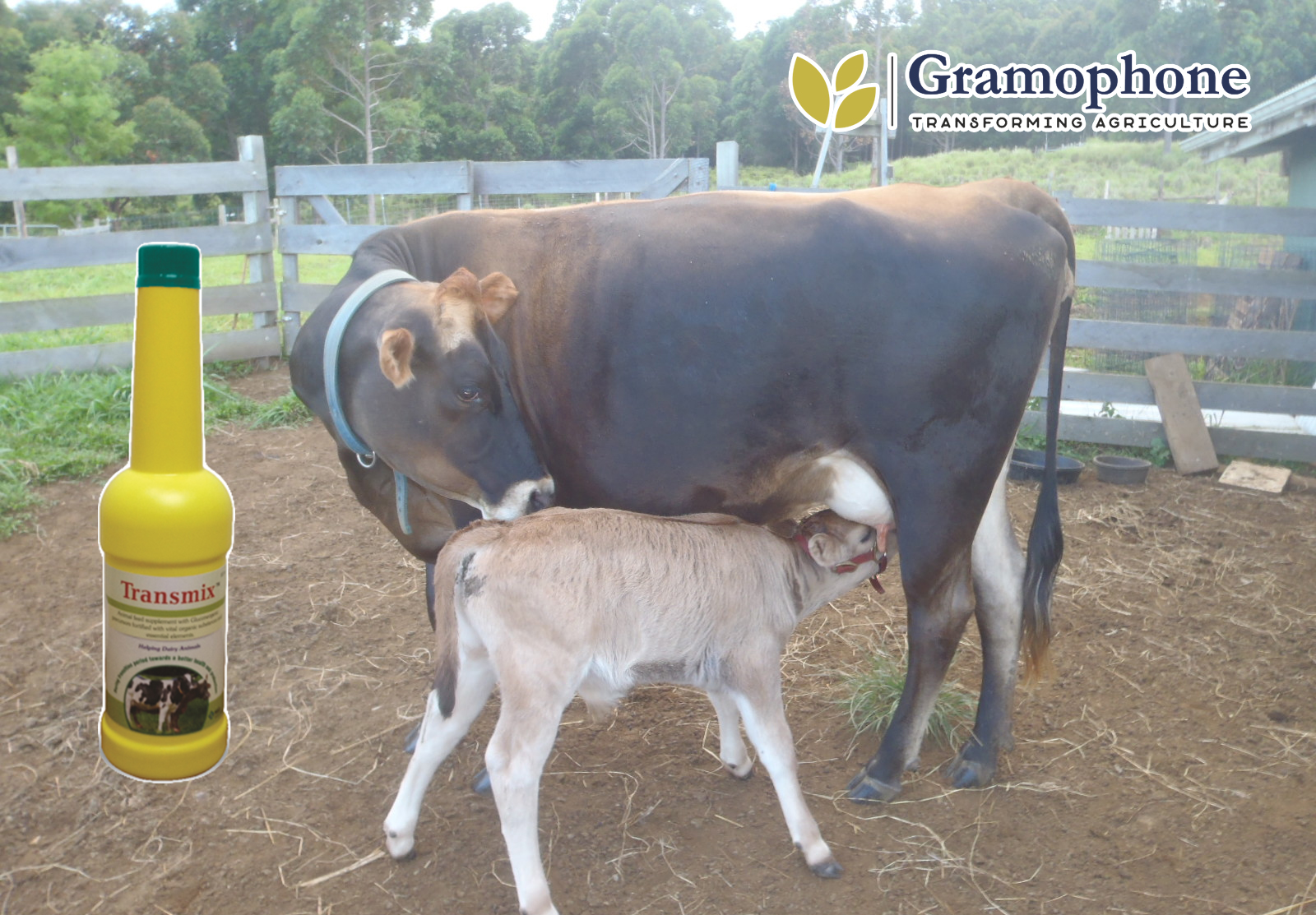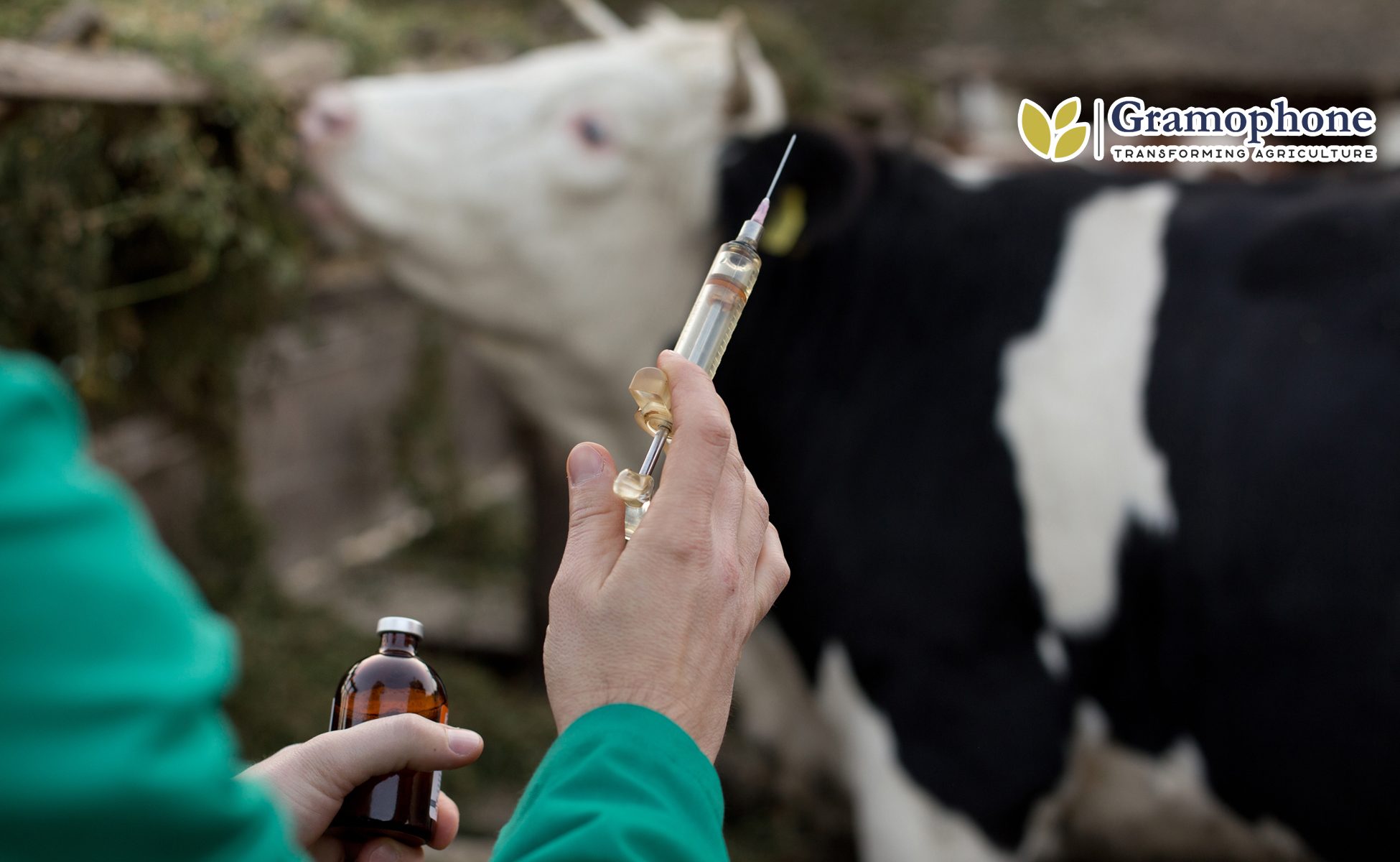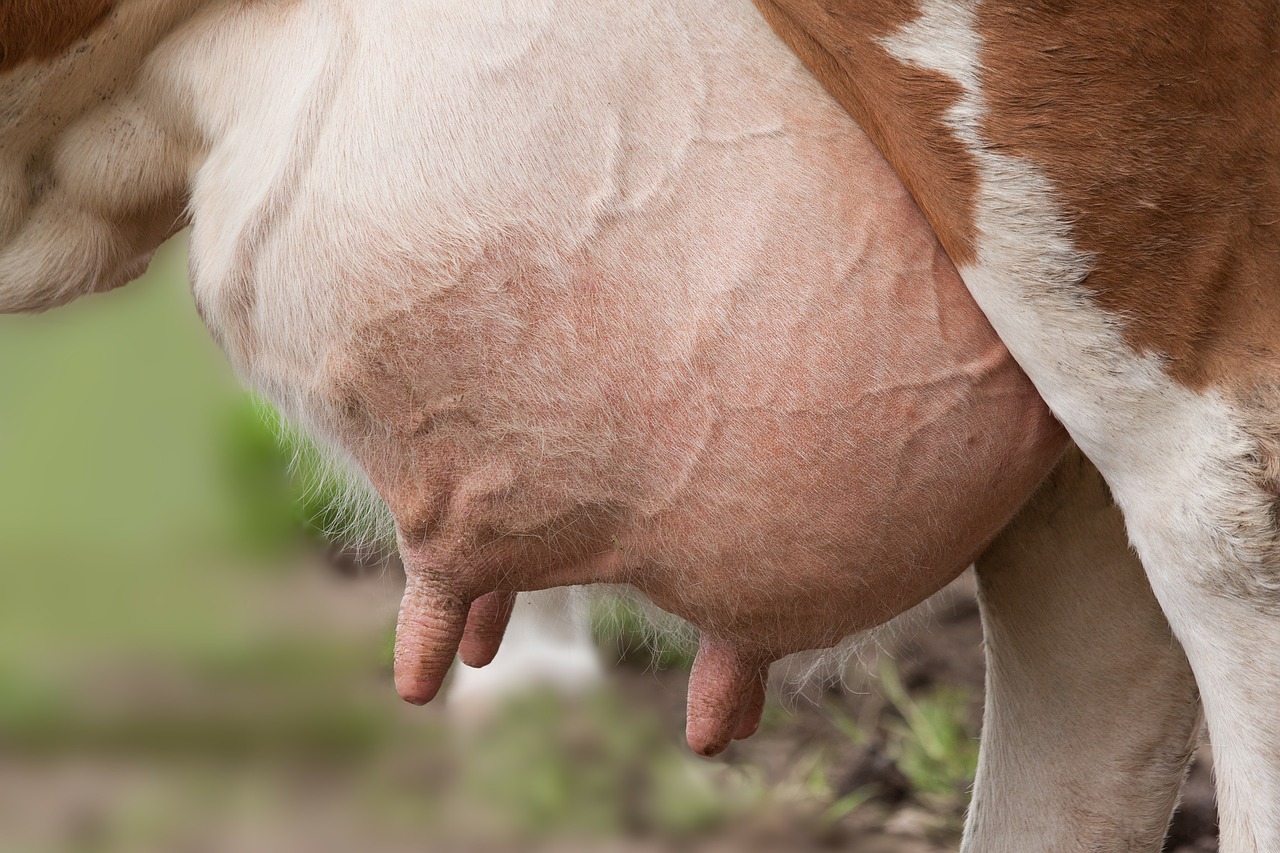Caring of Dairy Cow after Calving:-
After calving is a critical period for dairy cows!
There is high demand of energy and nutrients on the body of the animal to synthesize colostrum and milk. At the same time there is decrease in feed intake which leads to negative energy balance (NEB) and micro-nutrient deficiencies.
Therefore, just after calving it’s important to take good care of cows for better health, milk production and reproduction. Some key points to take care of fresh cows are:
- Monitor cows frequently to make sure that they are free from metabolic diseases like milk fever and ketosis.
(Some signs of Milk fever are tremors, ear twitching, dullness, dry muzzle, low body temperature and recumbency, bloat and loss of consciousness.)
(Sweet smelling breath and urine, fever, weight loss etc. indicate towards ketosis)
- Do not house fresh cows with sick cows
- Maintain a clean environment to prevent mastitis (fresh cows are prone to mastitis)
- Minimize stress to the cows. Keep them sheltered from extreme heat/cold and rains. Also keep the other animals like dog/cat/any other aggressive animal away from the fresh cow.
- Provide constant amount of fresh feed with appropriate feed additives/supplements to provide nutrients and encourage feed intake.
- Also, it’s important to ensure that they are consuming the feed, not sorting, and chewing their cud.
Like and share with other farmers by clicking on button below
Share





